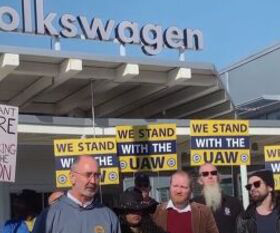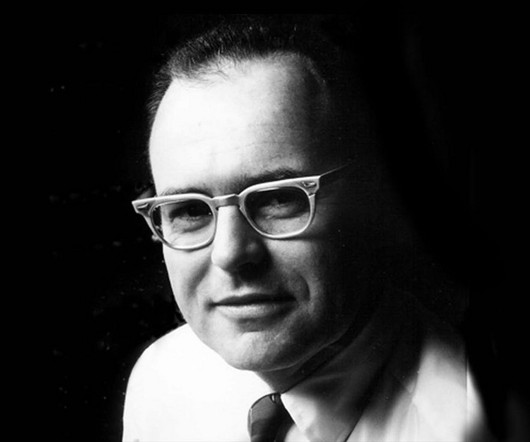Gasoline consumption per capita in 2020 was on par with that in 1965
Green Car Congress
DECEMBER 8, 2021
Not coincidentally, the first Corporate Average Fuel Economy (CAFE) standards for new cars and light trucks became effective with 1978 model-year vehicles. Total consumption (millions of gallons). Total consumption (millions of gallons). Consumption per capita (gallons). The maximum consumption per capita (505 gallons) was reached in 1978.
































Let's personalize your content